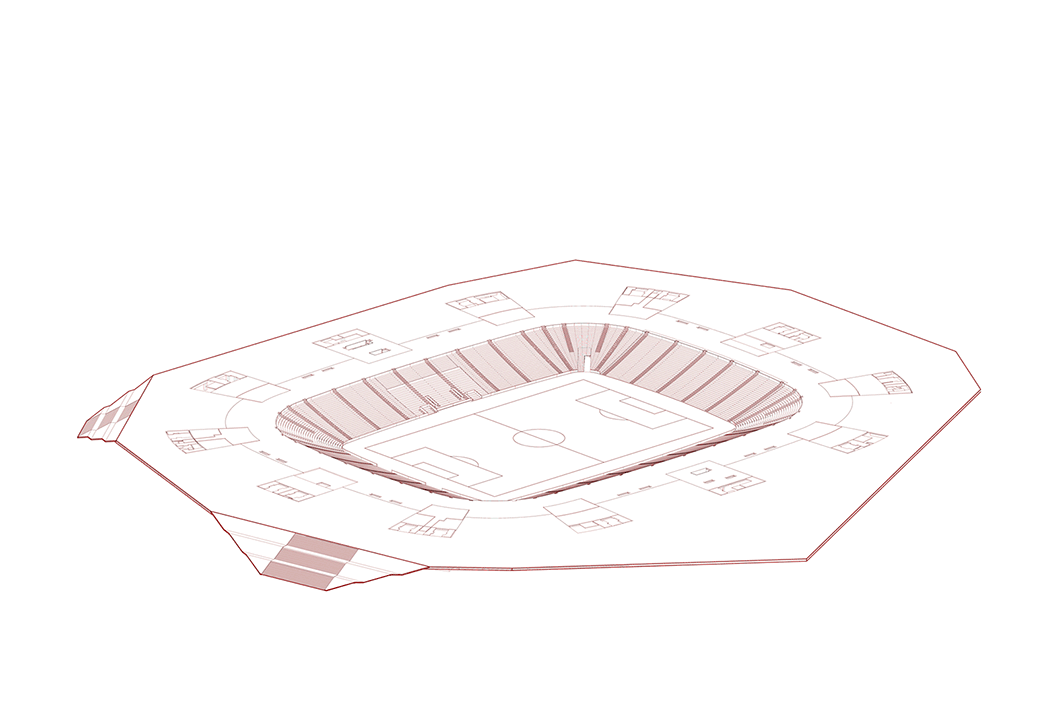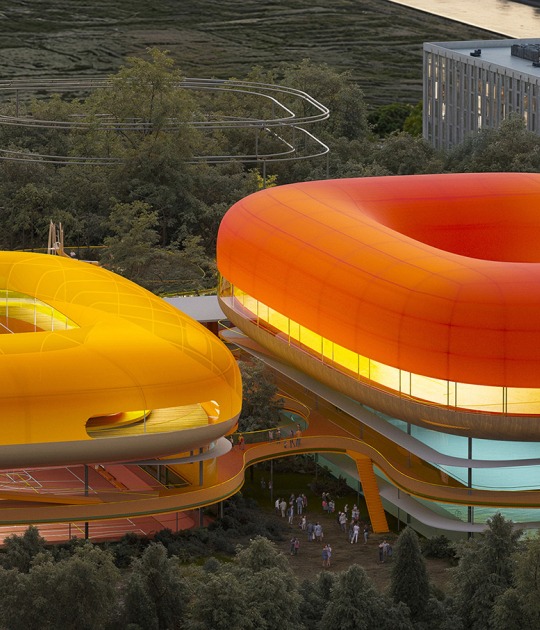According to an approved feasibility study, the new Feyenoord Stadium will generate a profit of more than 7.5 million euros for the football club in its first season. The Feyenoord club's revenues are also expected to increase year on year, strengthening it as a professional football organization for decades to come.

“The approval of the business case has given us full confidence that realization of the new Feyenoord Stadium is feasible, and will help the club move forward. Over the past months, we have further optimized the design to ensure on time and cost-effective delivery of the project, working closely with Feyenoord, the municipality, the contractors, supporters, and all collaborators. Now with the contract design ready, we can clearly envision this building integral to the Feyenoord City masterplan in use.”
The Feyenoord City master plan has been developed in collaboration with the developer Stichting Gebiedsontwikkeling aan de Maas, Rotterdam City Council, Feijenoord Stadium and various stakeholders. The master plan was approved by the Rotterdam City Council in October 2019. OMA submitted the building permit and finalized the detailed design of Feyenoord Stadium in 2020.
Following confirmation of the final fifteen percent of the financing for the stadium and an agreement on the construction costs at the end of 2021, the project will start construction in 2022 and be completed in 2025. The project is led by OMA's managing partner, architect David Gianotten, together with associate Kees van Casteren and project architects Shinji Takagi and Sandra Bsat.































